What did you build today (Pictures) ?
-
Hi all!
Today I eventually built my first MySensors device - Serial Gateway.

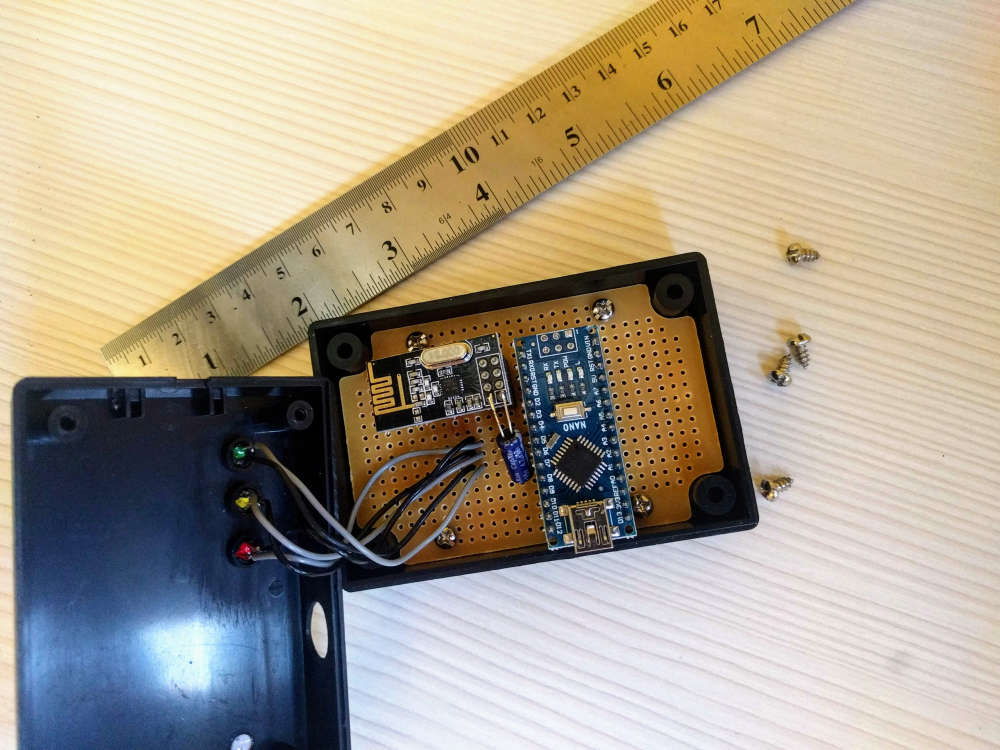
Now I'm testing it with OpenHab and working on first node - battery powered scene controller.
-
I have been using influxdb/grafana for the last year or so, for logging data and presenting it, so no need to use domoticz for that. Over a year ago I injected nodered into the stream, so it sits between mysensors and domoticz, and was used to route things around (And make some fake sensors for domoticz).
For the dashboard part I have been developing my own solution. First it was running within domoticz as a customized dashboard, but I moved it to Angular instead, with a strong dependency towards domoticz, as I could query that to get sensor values. Lately I had moved on to use MQTT for the dashboard (and internal node-red data routing). There I can get persistent data (retain) that keeps the latest data on a given topic. Then my need for domoticz went away there..
The last thing I then used domoticz for, was the automation rules for turning on / off my tv when the chromecast was activated, and control a couple of LED strips according to the state of the chromecast (playing / paused etc). With that moved to nodered, then domoticz could be turned off.
The complete software stack is a bit larger, than with domoticz for everything, but it is much more flexible, than what I could achieve with domoticz.
also it brought in a couple of needed updates for my node-red mysensors nodes, so that was a "bonus" as well :)
@tbowmo I've also been using MQTT and NodeRed as the routing solution for my home automation. I found that there was no default handling of ID_REQUEST messages which made configuring new nodes a manual process but eventually added that to my flows and now new nodes don't have to be configured at the Arduino end.
It would be nice to see more about your setup, more specifically about the dependencies in nodered-mysensors-flow/package.json on your github. -
@tbowmo I've also been using MQTT and NodeRed as the routing solution for my home automation. I found that there was no default handling of ID_REQUEST messages which made configuring new nodes a manual process but eventually added that to my flows and now new nodes don't have to be configured at the Arduino end.
It would be nice to see more about your setup, more specifically about the dependencies in nodered-mysensors-flow/package.json on your github.Have you seen this thread: https://forum.mysensors.org/topic/9296/node-red-contrib-mysensors-release-thread ?
Basically these set of nodes includes a controller node, that handles mysensors ID assignments, and a couple of other basic controller features.
-
Have you seen this thread: https://forum.mysensors.org/topic/9296/node-red-contrib-mysensors-release-thread ?
Basically these set of nodes includes a controller node, that handles mysensors ID assignments, and a couple of other basic controller features.
@tbowmo I had seen that thread. After importing your https://github.com/tbowmo/nodered-mysensors-flow, I think this is probably quite different from my approach, I've kept it all as flows without writing any new node types or adding dependencies beyond what is installed in Raspbian by default. At some point I'll get around to documenting and posting what I've done in NodeRed too, it's a pretty simple but surprisingly powerful tool.
-
@tbowmo I had seen that thread. After importing your https://github.com/tbowmo/nodered-mysensors-flow, I think this is probably quite different from my approach, I've kept it all as flows without writing any new node types or adding dependencies beyond what is installed in Raspbian by default. At some point I'll get around to documenting and posting what I've done in NodeRed too, it's a pretty simple but surprisingly powerful tool.
My Node Red controller is closer to what FotoFieber did a couple years back but it's for 2.3.0 and MQTT. His project is at https://forum.mysensors.org/topic/700/node-red-as-controller/28 as well as various updates over time. It was good to see @FotoFieber's code as it showed me a few holes in what I've done so far.
-
Well, node-red is powerful and you can do things without creating any new node-red nodes, but it makes life a lot easier (for me) when you can just pick an item from the palette, and hey-presto you have decoded the (serial/mqtt) mysensors message. Or pick another one, and you have a controller added, that can respond to ID requests.
Btw. the the github repository that you link to, was a bit outdated.. :) A lot of things have happened since I pushed last time.. (just pushed current node-red flow for reference)
-
So I finally finished my motion sensor project and it works :)
It will be published on OpenHardware.io soon :)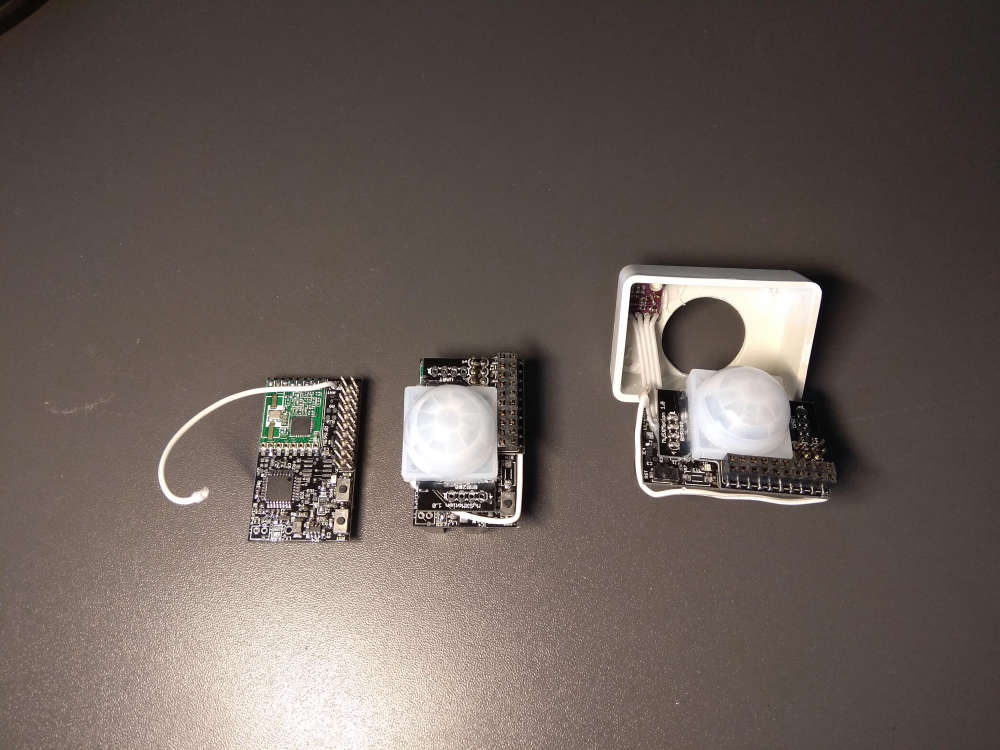
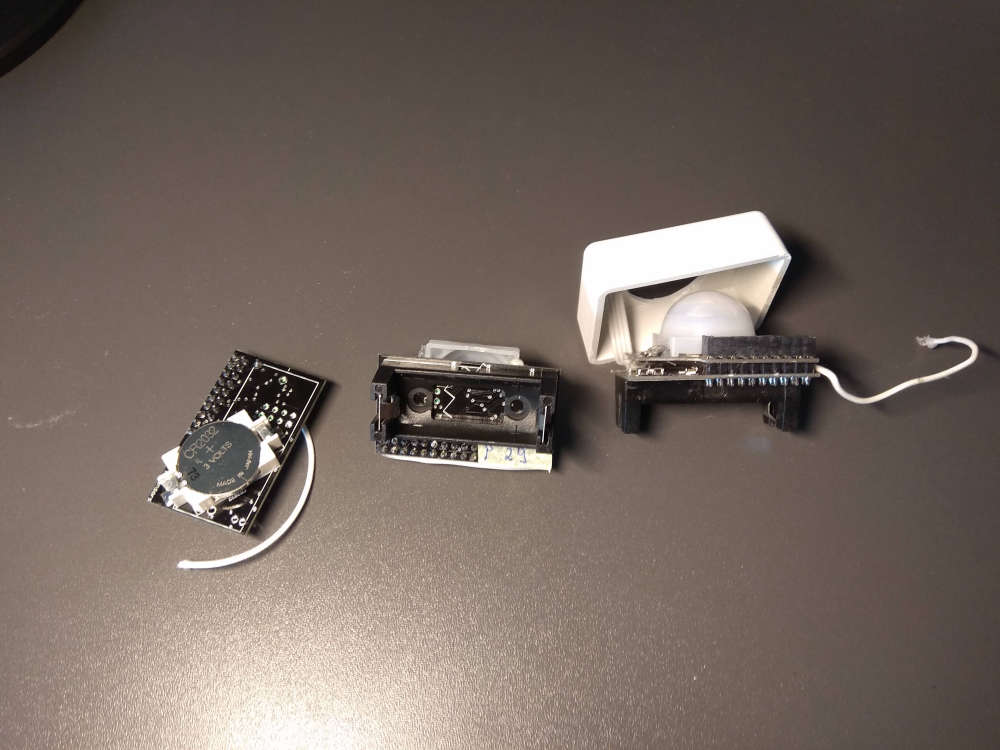

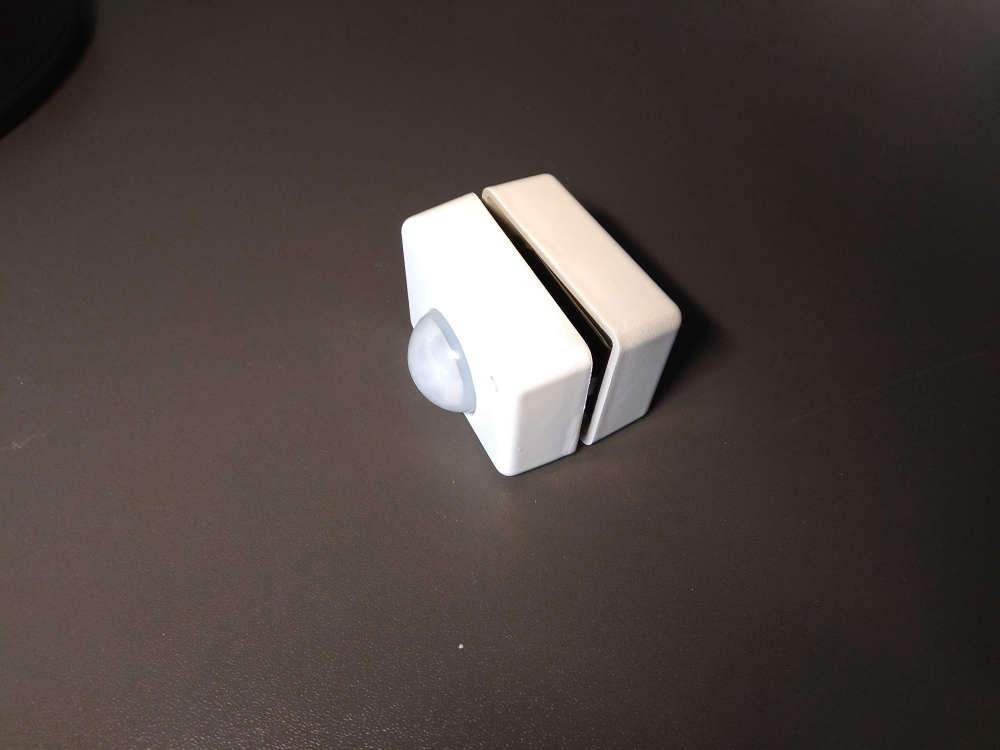

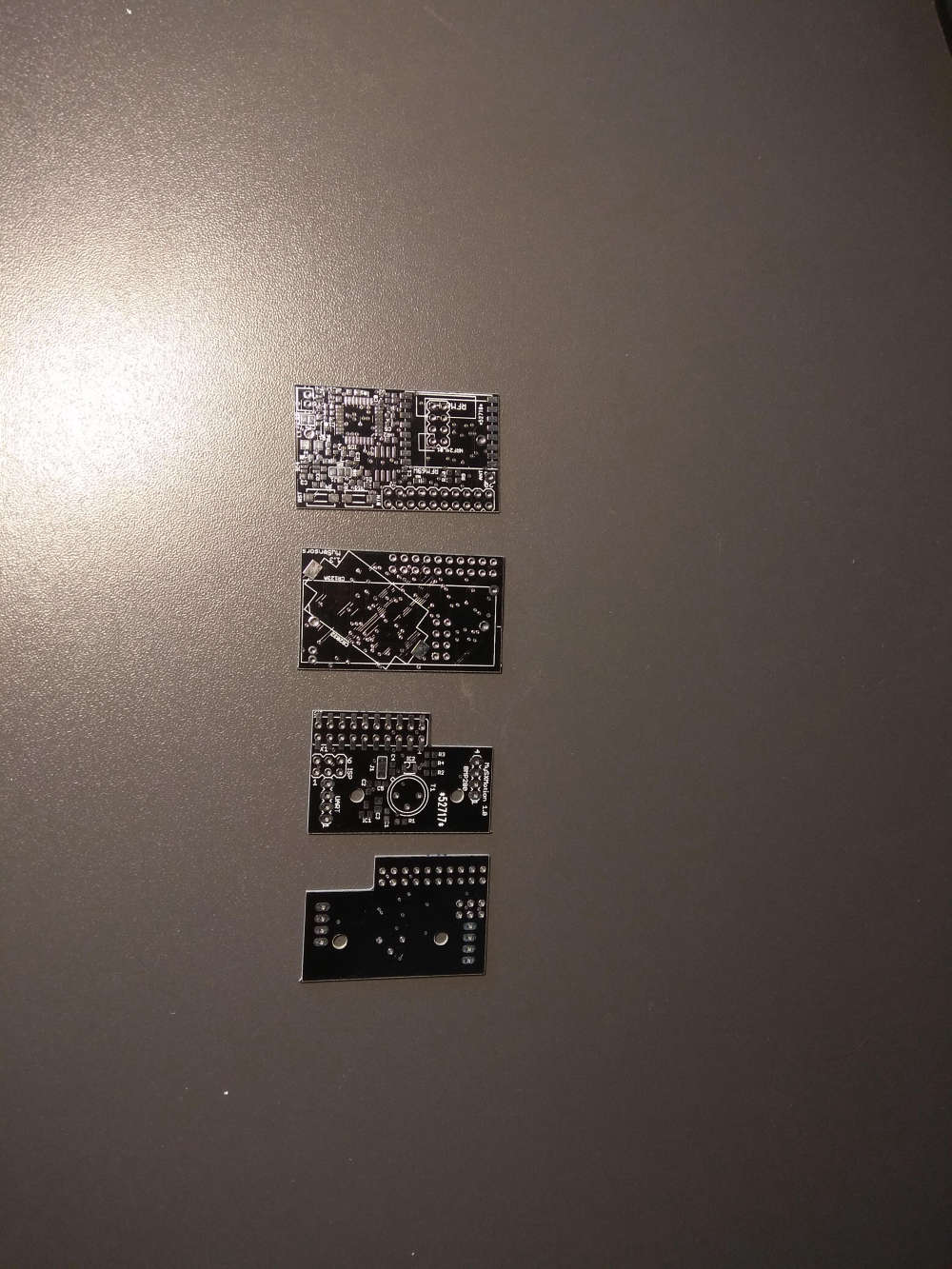
-
And also finished my toolkit library for MySensors for faster code developement (https://github.com/mczerski/MySensorsToolkit). Example projects (https://github.com/mczerski/MyMultiSensor).
-
So I finally finished my motion sensor project and it works :)
It will be published on OpenHardware.io soon :)





-
@Yveaux I get it from the polish suplier (https://hurtowniaimport.pl/291-bb1-uchwyt-magnetyczny-samochodowy-do-telefonu-gps.html) but if you google for "magnetic phone holder 360" You wil get similar mounts.
-
-
-
Not at all mysensors related, but I have been busy building a bartop mame cabinet the last week or so.. Still mis a couple of details, but it is in a "playable" state right now.
The setup is using an old 19" lcd monitor that I had in surplus with a RPI-3B on the back, a couple of cheap Chinese arcade controllers, a partly homebuild audio hat for the rpi (adafruit i2s 3W amplifiers), and a switchmode capable of 5V @8A (if I remember right), and 12V @3A. So I have power for the marque lighting as well..
Only game available right now is Bubble Bobble, and the kids loves it (as seen in the video linked to below).

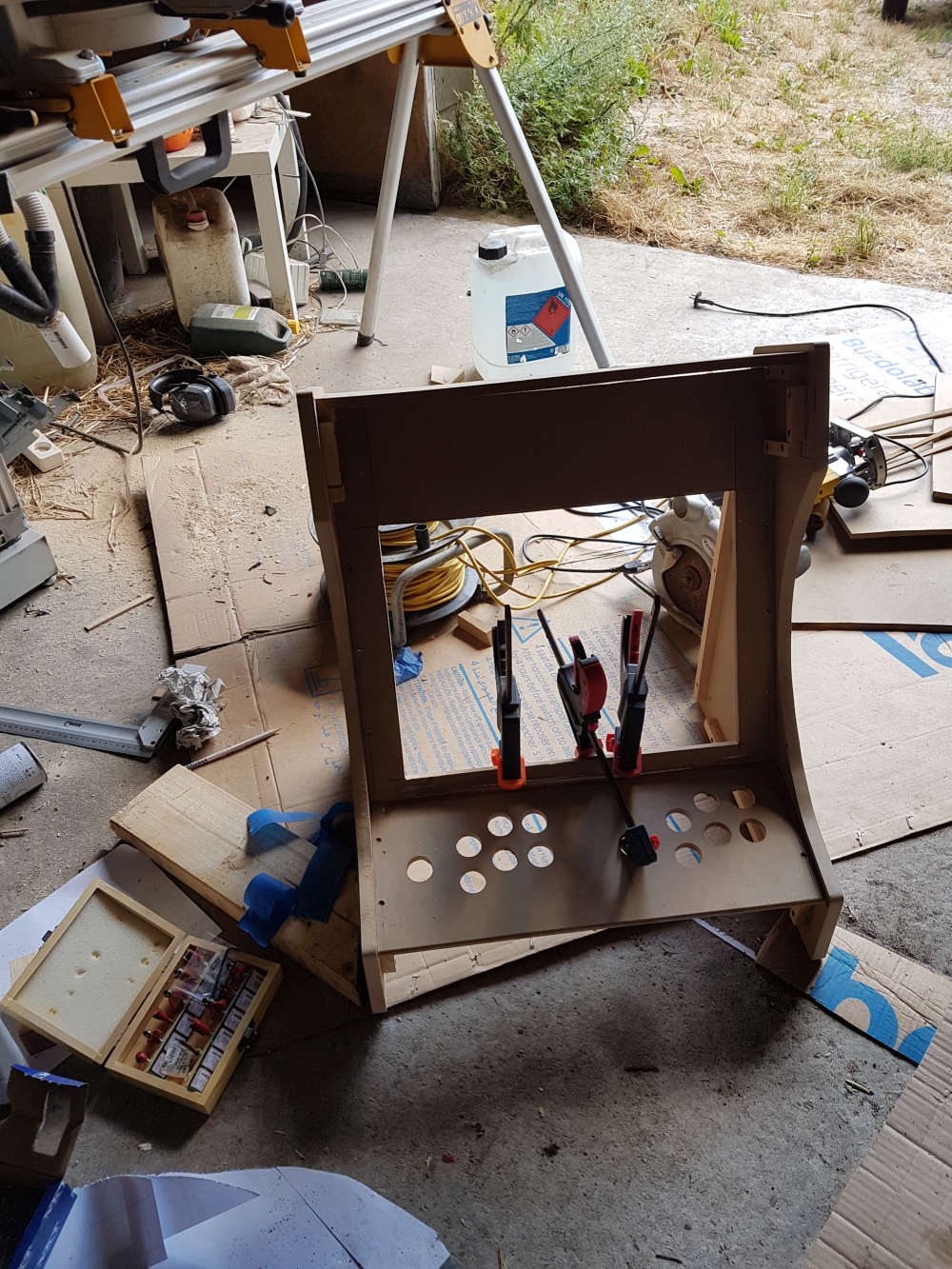


-
For this project box that I'm making (actually printing it as I type this), I found an easy way to add ventilation: use a hex infill and turn off the upper and bottom layers.
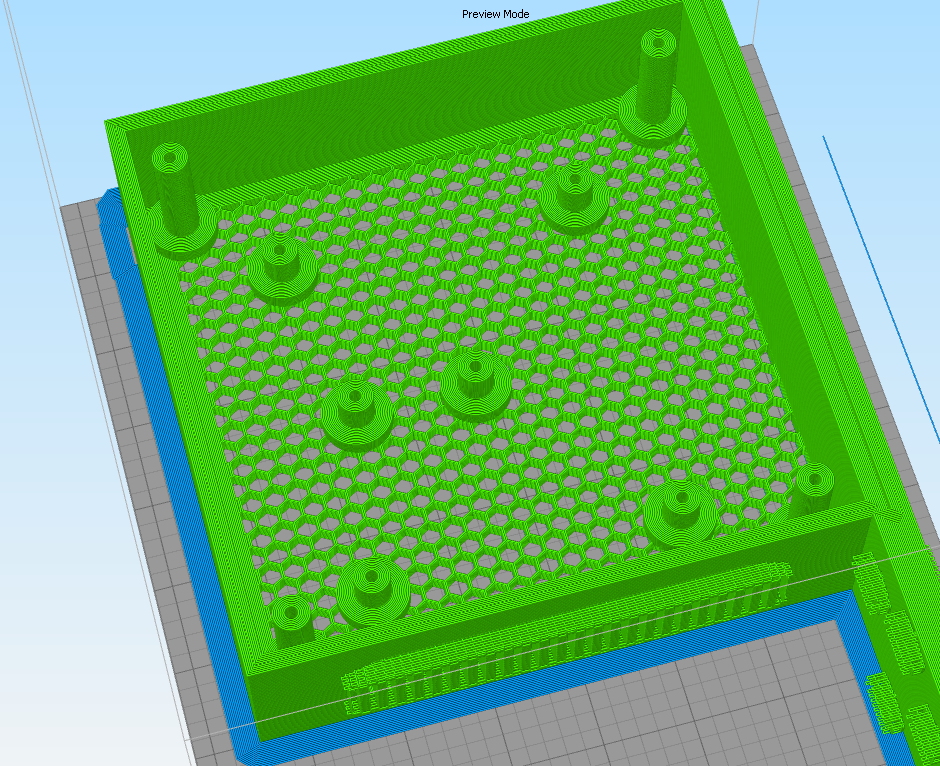
As you can see, it can still have standoffs for screwing down a PCB and for securing a lid. -
Here's the finished unit:
What it does is completely eliminate the audible PWM noise from the fan on the Prusa I3 MK3. Now it can run practically silent. :) -

Today I soldered the Velleman EDU09 oscilloscope kit. The kit is quite cheap (~50 EUR in local store). The specs aren't impressive (max 200kHz and min 100mV/division) but hopefully it can help me learn how to use a scope before I buy a real one.@mfalkvidd Just a tip. You may be better of buying this one:
Much better spec and the price is the same. AND you can save tons of time as it does not require soldering.
-
Not at all mysensors related, but I have been busy building a bartop mame cabinet the last week or so.. Still mis a couple of details, but it is in a "playable" state right now.
The setup is using an old 19" lcd monitor that I had in surplus with a RPI-3B on the back, a couple of cheap Chinese arcade controllers, a partly homebuild audio hat for the rpi (adafruit i2s 3W amplifiers), and a switchmode capable of 5V @8A (if I remember right), and 12V @3A. So I have power for the marque lighting as well..
Only game available right now is Bubble Bobble, and the kids loves it (as seen in the video linked to below).




-
@mfalkvidd Just a tip. You may be better of buying this one:
Much better spec and the price is the same. AND you can save tons of time as it does not require soldering.

